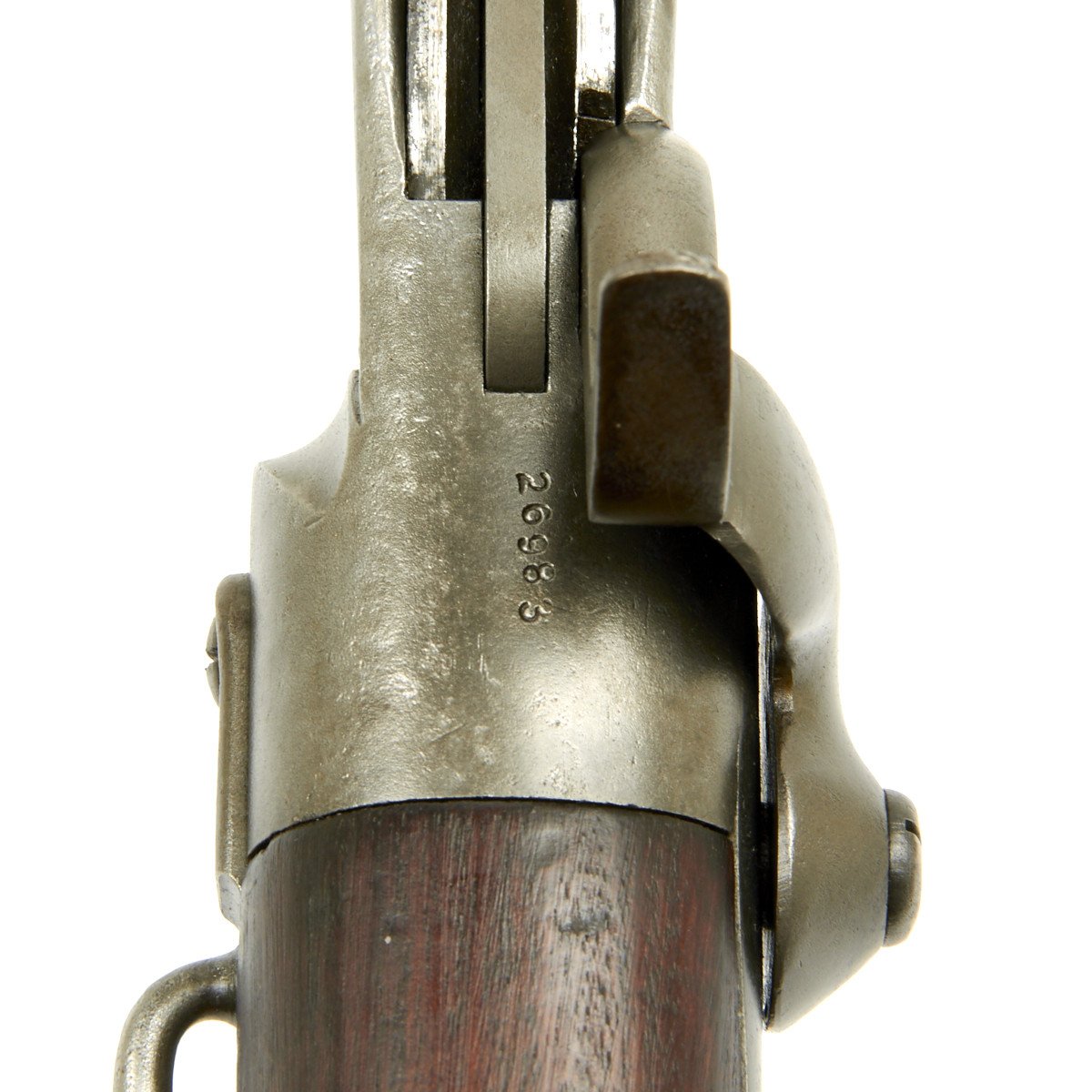
TheCheneys paid Spencer a $25 royalty on every machine he produced.Although working 11 hour days six days per week, Spencer began toexperiment with an idea for a breech-loading repeatingfirearm.īy 1859, with the encouragement of both his father and theCheneys, he had perfected a lever-action rolling block rifledesign, and on March 6, 1860, he was awarded a U.S. During thisperiod, Spencer designed and patented a machine to attach labels tospools, thus allowing one shop girl to do the work of three. Hristian renewed his employment with the Cheney family in 1854when, at the age of 22, he became superintendent of hisbenefactor's new silk ribbon manufactory in Hartford. His next stopwas at the factory of Samuel Colt, where he helped to design manyof the specialized machines used in the production of Coltrevolvers. Ames Companyof Chicopee Falls, Massachusetts, where he received his firstformal experience with the manufacture of firearms. At the advice of FrankCheney, Spencer worked as a toolmaker in Rochester, New York, thenas a machinist in the locomotive repair shops of the New YorkCentral Railroad. During this period, he perfected several experimentalmachine designs, and in the process, he developed what would be alifelong relationship with the Cheneys. In late 1850, Spencer returned to the employ of the Cheneys as amachinist. After a year,he entered a second apprenticeship, this time with local machinistSamuel Loomis. This firm was owned by the Cheney family, one of NewEngland's most enterprising and influential families. By the age of 14, Spencer was apprenticed to theMount Nebo Silk Manufacturing Co., located in South Manchester,Connecticut. At age 11, he went to live with his maternalgrandfather, Josiah Hollister, a veteran of the Revolutionary War.It was there that young Christian learned the rudiments of wood-and metalworking. Spencers continued to servethrough the end of the Civil War, and saw action during the IndianWars as well.Ĭhristian Minor Spencer was born in Manchester, Connecticut onJune 20, 1833. One week later, the Spencer again saw action in the hands oftroopers of the 5th Michigan Cavalry Regiment of George Custer'sBrigade at the Battle of Gettysburg. In its first combat test,Spencer-armed Union troops under the command of Colonel John Wilderearned the nickname 'Lightning Brigade' when they defeated anumerically-superior Confederate force at the Battle of Hoover'sGap, Tennessee on June 24, 1863. These modern arms, in both rifle and carbine configuration, weremore than a match for anything that the Confederates could muster.The firepower of the Spencer was used with devastating effect onmany Civil War battlefields. government, they were not availableuntil 1863. Its inventor, Christopher Spencer,was a native of Connecticut and a former employee of Samuel Colt.His design was one of the most technologically-advanced arms of theCivil War era, but because of the time required to sell both hisidea and his guns to the U.S. The Spencer rifle, with its lever action, seven shot tubularmagazine and internally-primed metallic-cased cartridge, was apopular wartime breechloader. Burnside - Improvement in metallic cartridge. ^ Purchase of arms, House Documents, 1861, P.The battle and the subsequent abortive offensive left Burnside's 'officers complaining loudly to the White House and the War Department about his incompetence.' He also performed poorly at the Battle of Spotsylvania Court House, and a court of inquiry blamed him for the Union failure at the Battle of the Crater, though the blame was later lifted from him.

He repeatedly declined, saying, 'I was not competent to command such a large army as this.' When he eventually did accept command, he led the Army of the Potomac to defeat at the Battle of Fredericksburg.

He was pressured by President Lincoln several times to take command of the Union Army of the Potomac. Though he was a poor military officer (and not too proud to admit it), Ambrose Burnside rose through the ranks partly because his carbine was so well known.
SERIAL NUMBER SPENCER 1865 SERIAL NUMBER


 0 kommentar(er)
0 kommentar(er)
